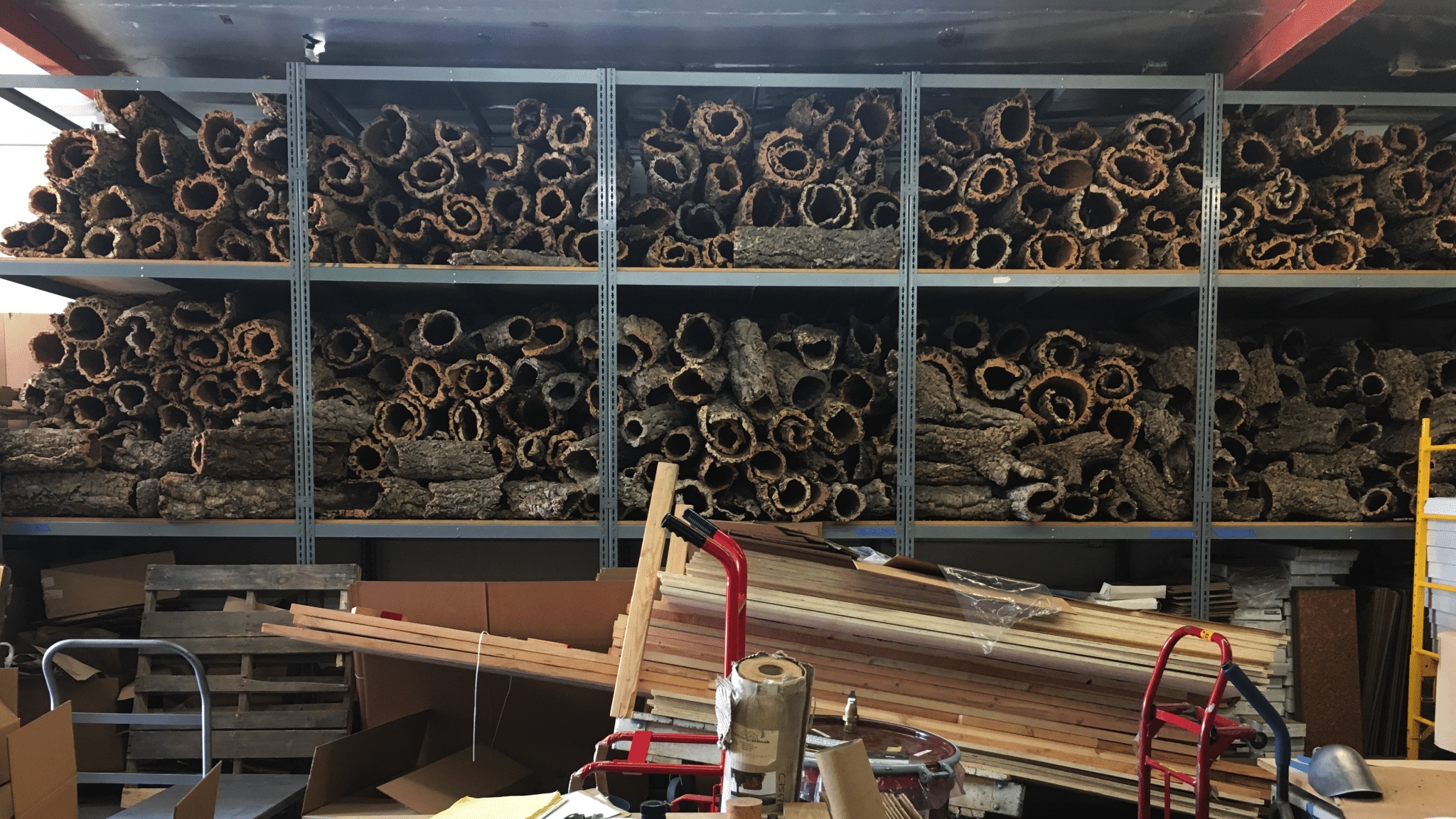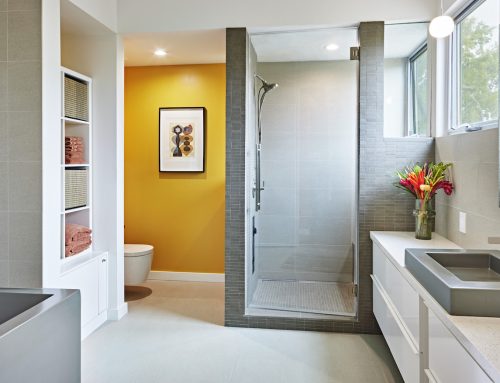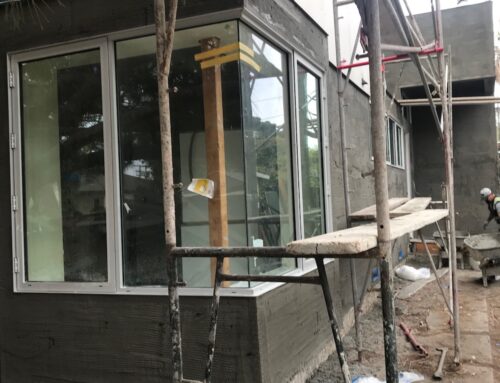It doesn’t take an architect to tell you that building a home can be an overwhelming process, but it can also be an exhilarating and incredibly rewarding one. We recently renovated our own home, and no amount of background knowledge was enough to deal with all the questions and challenges that inevitably cropped up during the process. At the same time though, designing our own home was a very exciting experience, and one that-as architects ourselves-allowed us to make a home that was truly our own. We’re very grateful to have had the opportunity to actualize our own beliefs and ideas through the process.
One of the beliefs that we knew we wanted to reflect in our design was our commitment to environmentally conscious practices and materials. As people whose careers would be impossible without the earth we build on, we feel a certain obligation to keep an eye out for sustainable materials and methods for every project. In the case of our own home, the material that intrigued us, and the one that we’re writing about today is cork flooring.
Some of you may be familiar with cork floors, or at least the old-fashioned cork floors that you can find in the US Library of Congress (or other, more modest locations). As you may have guessed, cork floors have come a long way since then. With that said, we figured that sharing our experience might help other people going through their own journey in the surprisingly large world of flooring options.
First, the likely elephant in the room is that cork floors may have a certain stigma to them. They have a reputation as being cheap, and they have a different aesthetic from conventional wood floors that makes it sometimes look unfamiliar when pairing with more conventional flooring options. The latter point is probably more important, as it does mean cork floors may need to be something you select well in advance so that you can incorporate it into design detailing, rather than a last-minute decision. As for the idea that cork floors look cheap or tacky, well like we said: cork flooring has come a long way. Nowadays you can find a wide variety of cork-based options that can really shine in a wide variety of spaces. With options like this, you aren’t settling for cork, you’re choosing it because it’s genuinely the best option for you, as it was for us.
Of course, that’s an easier choice to make when you know the pros and cons of cork floors. Luckily, that’s what we’re here for!
We already alluded to sustainable material earlier, and cork is actually carbon-negative, so it’s use sequesters more CO2 than it emits into the atmosphere. Because cork comes from the bark of trees, it is not necessary to cut down the entire tree to harvest it. It regenerates more frequently than the time it takes to grow new trees. For us, that’s a huge selling point, but we don’t want to make it sound like the environmental benefits are the only positives cork has to offer. A multi-layered cork floor actually provides more cushion than a wood floor, meaning the long-term wear and tear on your body is diminished. The standard installation method for cork floors in areas without significant moisture or weather is a float installation on cushioned underlayment so there are no nails or glue required. With this installation method, in the event that there is damage in an area, planks can be removed and replaced more easily. Additionally, the engineered planks are more durable than single layer cork and cork’s cellular structure makes it more water-resistant than wood. It is a natural acoustic insulator as well as thermal insulator.
Now, in our experience we did end up needing to replace part of our floor, and that brings us to some of the issues that you might find when working with cork floors. In our case, part of our floor began warping due to the extreme heat coming in through our glass doors; and while we mentioned that cork floors are water-resistant, they aren’t water-proof, excessive water can seep between the planks, and the recommended underlayment on wood framing can get warped or damaged as a result. Under these conditions, a float installation is not optimum.
Given the pros and cons, we certainly think cork floors are worth considering for your home. Here are some important things to know about installing cork floors to help with your decision. Within each order of cork flooring, the floors will have variations of color and texture, and you’ll want to work with your flooring installer to coordinate these variations. The engineered planks are multi-layers with ¼” thickness as opposed to 5/8” for engineered wood or ¾” for solid hardwood. You’ll want to make sure your floor framing heights are coordinated so as to rest flush to adjacent floor materials-like we said, you want to decide on cork floors ahead of time in order to be able to successfully coordinate the detailing. You can install engineered cork flooring in wet areas such as kitchens, laundry rooms or bathrooms as well as areas with more extreme sun exposure, provided you use glue-down installation in lieu of a floating installation in those areas. Finally, you’ll want to use an experienced installer who’s familiar with cork floors, to help anticipate some of these challenges and account for them in advance. If you do all that, you should end up with dynamic, durable, comfortable, and sustainable flooring-if we do say so ourselves.
Installation:
Products:
https://www.amorimcorkflooring.us




